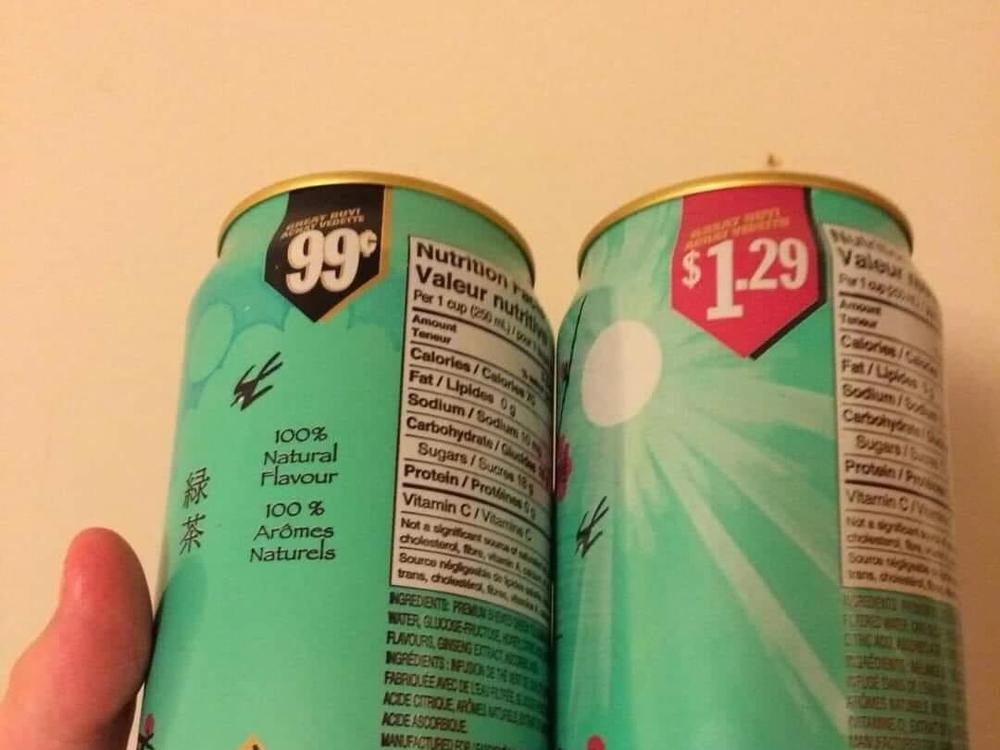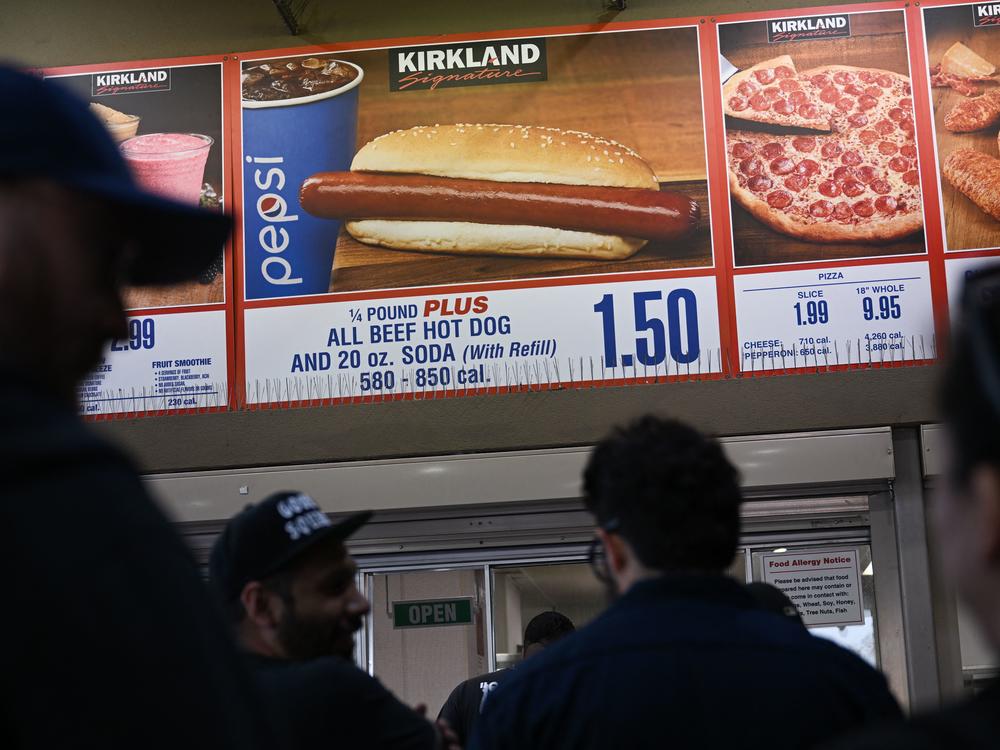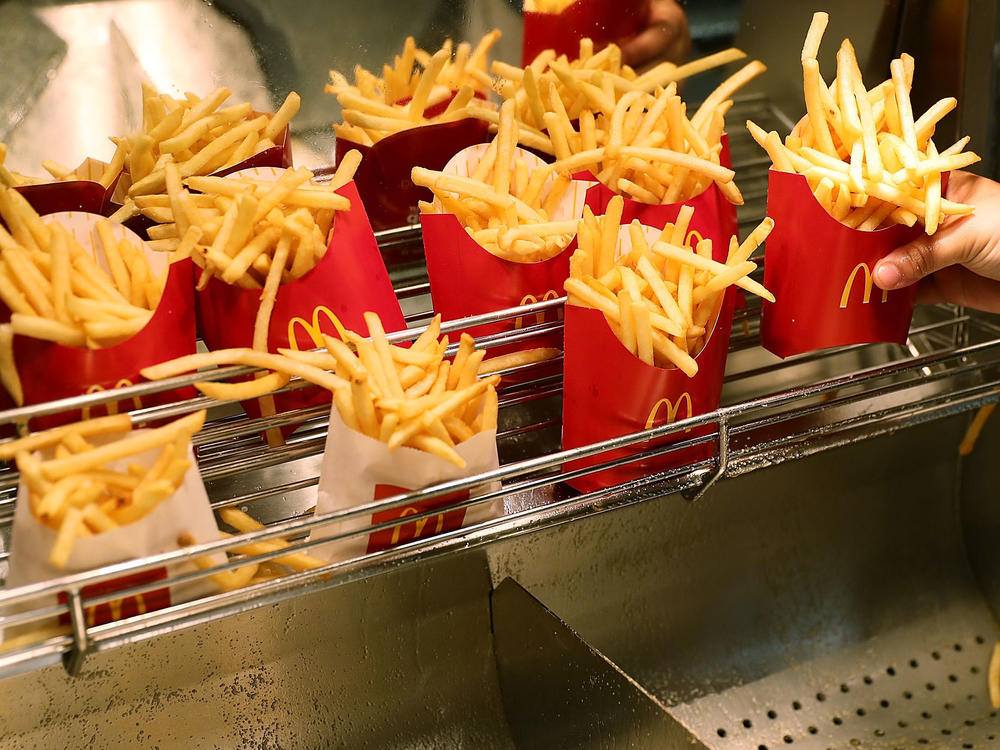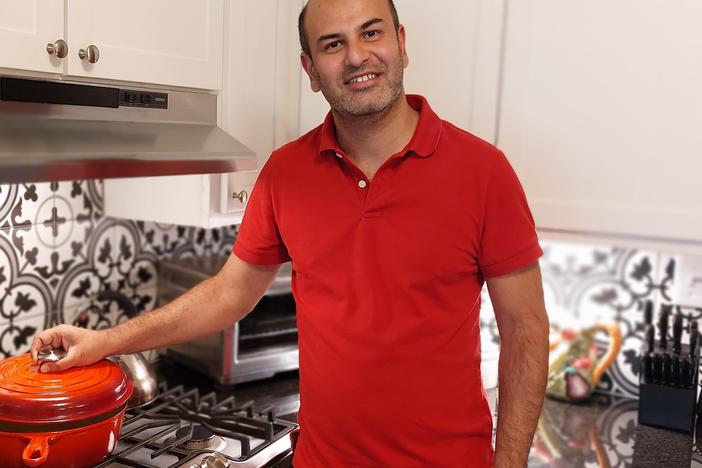Section Branding
Header Content
Inflation killed the $1 pizza slice. Long live the 99c iced tea
Primary Content
Earlier this month, an image went viral suggesting the unthinkable had finally happened: AriZona Iced Tea had fallen victim to soaring inflation, and raised their long-held price for a 23oz can of tea from 99 cents to $1.29.
It's not true — that's just the price in Canadian dollars.
Still, while the AriZona alarm bells may be disarmed this time around, inflation in the U.S. continues to put many people in an unprecedented budget crunch. And with supply chain issues stemming from the war in Ukraine, expensive labor and fuel, and material shortages, the questions remain: Why are some companies sticking with fixed-price items, and how much longer can they hold out?
Why do the $1 deals stick around?
One key indicator to the sustainability of these deals is how steadily companies can maintain the volume and consistency of their customers walking through doors, ready to spend.
Take Costco's famous hotdog meal, so emblematic of the business that founder Jim Sinegal once threatened the company CEO, saying, "If you raise the [price of the] effing hot dog, I will kill you." Since 1985, the wholesale membership club has offered a beef hotdog with a refillable 20oz soda for just $1.50.
According to David Ortega, a food economist and associate professor at Michigan State University, this price is nowhere in line with inflation, and should actually cost around $4. But the store is still able to extract value from the deal.
"Those are loss leaders, meaning that they are priced below cost because these are the products that bring people into the store," Ortega said. "They bring that family in to eat that hotdog meal, which is a bargain at $1.50. But they're likely to pick up other products when they go into the store."
Loss leaders are a popular strategy for companies that can afford them. Costco is well known for this, also offering a 3 pound rotisserie chicken for only $5.
It's a common move for fast food giants as well. McDonalds, Taco Bell and Wendy's have all offered their own versions of dollar menus, selling items like burritos, burgers and sundaes for just a buck, with the aim to bring people in.
Ortega said that AriZona was able to operate with a similar approach.
"I see a lot of the retailers that sell that iced tea, and like having that product in their store, because it brings people in, it brings in the volume," he said. "And they're people that are going to pick up that bag of chips or another snack when they're purchasing those products."
AriZona has other, less obvious factors they play with to keep their prices down. One example is using the price itself as a form of marketing.
"The 99 cents is part of the brand's iconography," explained Rabobank beverage analyst Bourcard Nesin. "It's now core to the advertising of AriZona to the point that [they get] all the free press in this environment simply because they haven't raised their price."
Nesin also added that innovation can be a great tool for keeping costs low. If packaging, manufacturing, or transportation can be streamlined to be more affordable, that leaves more profit for the company.
In this sense, AriZona has struck a rare balance. Nesin said that advertising typically represented a large portion of the operational costs for any beverage company, and AriZona's reputation allowed it a significant amount of wiggle room when faced with increased production costs.
"While other brands are spending lots of money and spending lots of their margin to promote their products, Arizona just sits in the cooler of every convenience store in America, advertising 99 cents," he said.
The future of fixed-price deals
So, is this a business model that will be able to sustain itself?
Ortega said it mostly depended on the business. Factors like scale, diversity among products, and a financial cushion to fall back all have to be taken into consideration. Ultimately, for companies like AriZona or Costco that have the upper hand on these elements, Ortega doesn't think there will be a price reckoning anytime soon.
Nesin adds that when it comes to inflation, it is typically the small business owners and low-income consumers who have to make adjustments when faced with a higher cost of living.
One example of this contrast is the death of The New York City dollar slice.
For years, people could enjoy a large slice of cheese pizza for $1 flat. Despite their popularity, many of these businesses had to raise their price by as much as 50 cents in November due to the increased cost of ingredients and labor.
It's not likely that we'll see a resurgence of the dollar slice, either. As Nesin explains: "If your favorite product's price is higher than you're used to, chances are it's never going to go back to where it was before."
Ortega said that before this round of rising inflation, smaller businesses were able to stay afloat because of volume and semi-normal economic times.
"But we've seen food prices at record levels that we haven't seen in 40 years," he said. "And it's not just food prices, but everything that goes into the production of these products. So transportation is up, wages are up, the price of gas is also up."
Nesin said these price changes hit hardest for those who had less to begin with.
"Traditionally when consumer income is constrained, if people have less money to spend, it's actually the lower income people that are forced to change their behavior," he said.
He explained the link to a brand like AriZona, saying: "Lower-cost products are most affected. So a brand like AriZona, if they raise prices a little bit, it will have an outsized impact on demand."
AriZona chairman and founder Don Vultaggio has remained adamant that he has no intention of changing the price anytime soon. But Nesin thinks that eventually, they too will have to conform to the eternal trend of upward inflation.
"But for now," he said, "we get to enjoy a 99 cent, 23 ounce behemoth of a refreshment."
Copyright 2022 NPR. To see more, visit https://www.npr.org.
Bottom Content






